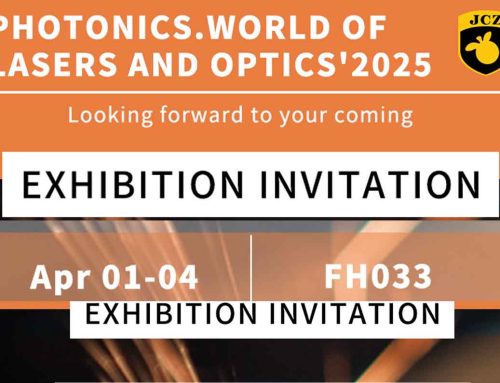The 80W CO2 laser has emerged as a powerful tool in various industrial applications, revolutionizing sectors such as manufacturing, healthcare, and art. This article explores the functionality, benefits, and key applications of 80W CO2 lasers, shedding light on why they are becoming indispensable in today’s technological landscape.
CO2 lasers utilize a gas mixture of carbon dioxide, nitrogen, and helium to generate a high-power laser beam. The design allows for efficient energy conversion, resulting in high-quality output suitable for cutting, engraving, and marking different materials. The 80W variant strikes an ideal balance between performance and energy consumption, making it a popular choice for many businesses seeking reliable solutions for their projects.
One of the primary advantages of the 80W CO2 laser is its versatility. It can effectively cut or engrave a wide range of materials, including wood, acrylic, glass, leather, and fabric. This adaptability is invaluable for industries such as manufacturing, where custom parts and prototypes need to be created quickly and efficiently. In addition, the precision of the 80W CO2 laser ensures that intricate designs or detailed patterns can be executed flawlessly. This capability has opened up new avenues for designers and artists, allowing them to explore complex creations that were previously challenging to achieve.
In the realm of manufacturing, the 80W CO2 laser is often employed for tasks such as cutting sheet materials and engraving intricate designs on products. It enhances production efficiency by minimizing waste and maximizing productivity. For instance, when cutting materials, the narrow beam width reduces the amount of material lost during the process. Moreover, the laser can operate at high speeds, significantly decreasing production time.
The healthcare sector also benefits from the 80W CO2 laser, particularly in surgical applications. Surgeons use CO2 lasers for precise cutting during procedures, leading to reduced bleeding and lower risk of infection. The laser’s ability to seal blood vessels as it cuts helps achieve cleaner surgical outcomes. Additionally, CO2 lasers are often used in dermatology for skin resurfacing procedures, where controlled energy delivery can promote healing and rejuvenate tissues safely.
Moreover, the art and crafting sectors have seen a surge in the use of 80W CO2 lasers for engraving and decoration. Artists leverage these lasers to transfer intricate designs onto various materials, from wood to glass. The precision of the system allows for personalization on a scale that was once difficult to achieve by hand. Businesses producing promotional items can create customized products more efficiently, catering to specific client demands while minimizing turnaround times.
Despite their advantages, users of 80W CO2 lasers must also consider safety and maintenance. Protective gear, such as goggles designed to filter laser wavelengths, is necessary to ensure the safety of operators. Regular maintenance is crucial for optimal performance; ensuring mirrors are clean and aligned can significantly enhance the machine’s efficiency and extend its lifespan.
In conclusion, the 80W CO2 laser is an invaluable asset across multiple industries due to its speed, precision, and versatility. From manufacturing and healthcare to art and design, the technology has transformed traditional practices, offering innovative solutions to modern challenges. As industries continue to evolve, the demand for reliable and efficient tools like the 80W CO2 laser will undoubtedly grow, making it a cornerstone of contemporary industrial applications. The future holds exciting possibilities for this technology, as developments continue to emerge, further expanding its reach and capabilities.
由用户投稿整理稿件发布,不代表本站观点及立场,仅供交流学习之用,如涉及版权等问题,请随时联系我们(yangmei@bjjcz.com),我们将在第一时间给予处理。






